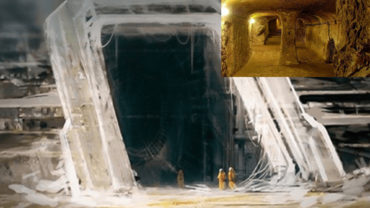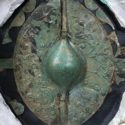Did The Smithsonian Publish The Story Of An Ancient Underground Egyptian Tomb In The Grand Canyon?
The Arizona Gazette published an astonishing story in 1909 about a Smithsonian Institute-funded archaeological trip near the Grand Canyon’s heart. During the expedition, explorer G.E. Kinkaid claimed to have discovered the underground citadel while on a boat excursion down the Colorado River from Green River, Wyoming. The Smithsonian Institute’s archeologists discovered strong evidence that the culture that inhabited the enigmatic cave was potentially Egyptian.
Kinkaid is supposed to have traveled down the Colorado River alone in a wooden canoe in quest of minerals such as gold. Around 40 miles up the river from the El Tovar Crystal canyon, he spotted stains in the sedimentary rock on the eastern side of the ravine in which he was sailing. He had trouble finding the trail, but he eventually found it.
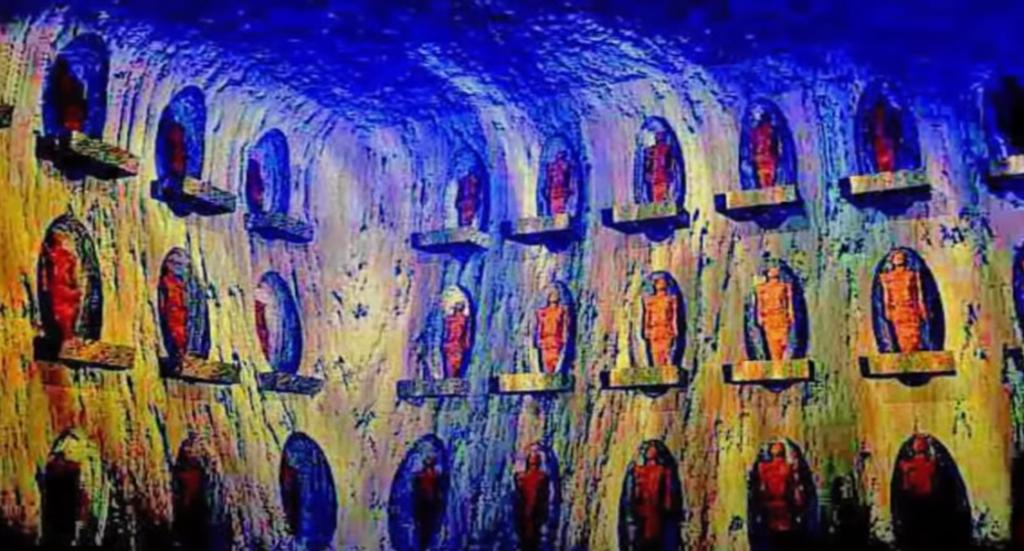
According to Kinkaid, the cave entrance was above a shelf and could be reached by descending the steps. He walked about a hundred feet inside the cave and claimed to have discovered mummies in a crypt. He photographed one of them with his flashlight. He also saw corridors, rooms, copper objects, and several other relics, as well as what he thought were Egyptian or Oriental hieroglyphics at the time.
Kinkaid claimed that the tunnel was practically impenetrable. The entry was 1,486 feet down the canyon wall’s steep face. “The main hallway is roughly 12 feet wide, narrowing to nine feet at the far end,” he explained. The first side-passages branch off to the right and left approximately 57 feet from the entrance, along which are several rooms roughly the size of conventional living rooms now, but some are 30 by 40 feet square. These are entered through oval-shaped doorways and vented through the walls into the pathways by circular air gaps. The walls are approximately three feet and six inches thick.”
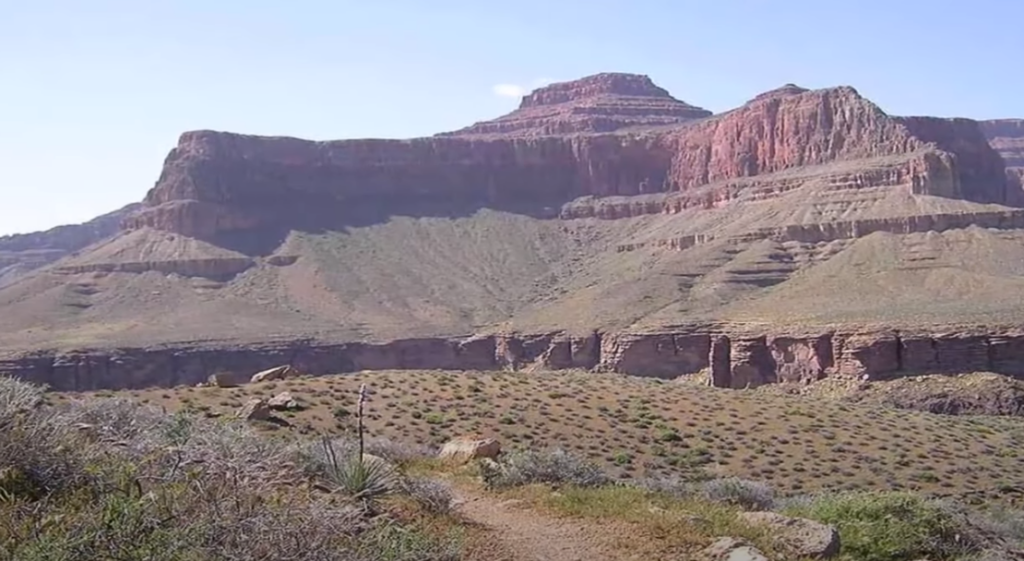
“The cross-hall, many hundred feet in length, is over a hundred feet from the entrance, in which is found the idol, or image, of the people’s god, seated cross-legged, with a lotus flower or lily in each hand.” The face is cast in an eastern style, as is the sculpture in this cave. The idol resembles Buddha in appearance, but scientists are unsure what religious worship it represents. Taking everything into account thus far, it’s conceivable that this devotion most closely reflects the ancient Tibetans.”
Kinkaid claimed that the tunnel was practically impenetrable. The entry was 1,486 feet down the canyon wall’s steep face. “The main hallway is roughly 12 feet wide, narrowing to nine feet at the far end,” he explained. The first side-passages branch off to the right and left approximately 57 feet from the entrance, along which are several rooms roughly the size of conventional living rooms now, but some are 30 by 40 feet square. These are entered through oval-shaped doorways and vented through the walls into the pathways by circular air gaps. The walls are approximately three feet and six inches thick.” The cave, he claimed, is located in Marble Canyon, a wide river gorge reachable “by either reaching there in a boat or floating trip or even on foot from the rim of the Little Colorado River gorge, on the Navajo reservation.”
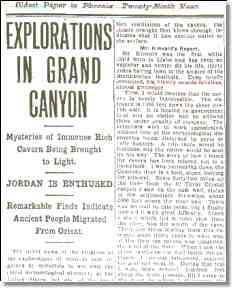
“I believe the “cave” mentioned in the headline article of the Arizona Gazette on April 5, 1909, and its amazing underground construction was, and still may be, located above a six-mile length of the Colorado River in Marble Canyon, near the Navajo Nation’s Kwagunt Rapids,” Andrews added.
There are legends concerning an old sign of civilization in the Grand Canyon. The Hopi Indians are an Arizona-based Native American tribe who have lived there for thousands of years. The Grand Canyon, a stunning desert landscape, is well-known in this area. The Hopi tales claim that the Gods guided them there and built stone residential complexes. The Ant People, according to Hopi legend, saved the Hopi people twice through fires, volcanic eruptions, asteroid strikes, ice ages, and tremendous coronal ejections from the Sun. During these two devastating events, the Ant People civilization hid the Hopi people in their underground caves and provided them with food and water. There is also a record of one of the most intelligent and mysterious groups of people that lived in the American Southwest 3500 years ago. These ancient inhabitants are known as “Anasazi,” who lived in the most isolated and extreme place in America. What if the remnants found by Kinkaid belong to these civilizations?
Kinkaid is thought to have collected some of the artifacts and transported them from Colorado to Yuma, Arizona, where he conveyed them to Washington along with the finding details, likely to the Smithsonian. Under the guidance of a scientist named S. A. Jordan, the institute conducted additional research. Despite the Smithsonian Institute’s denial of the story, labeling it a fabrication, many people believe it and feel the institute sought to cover it up.

